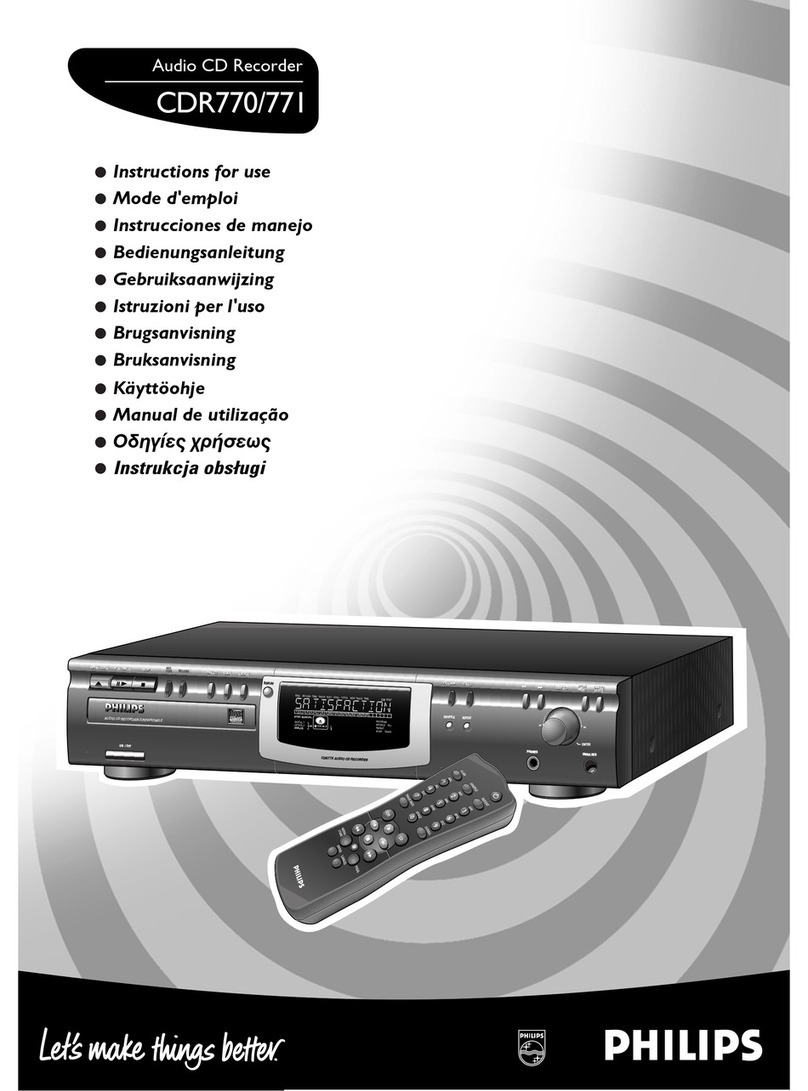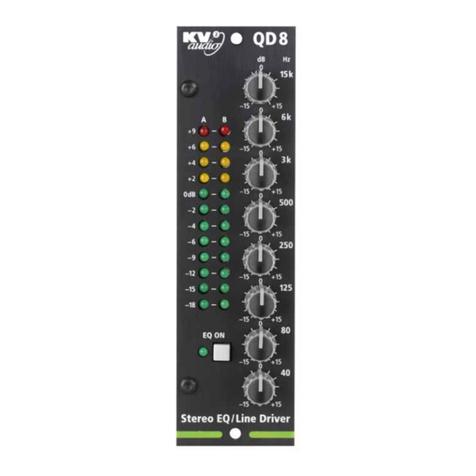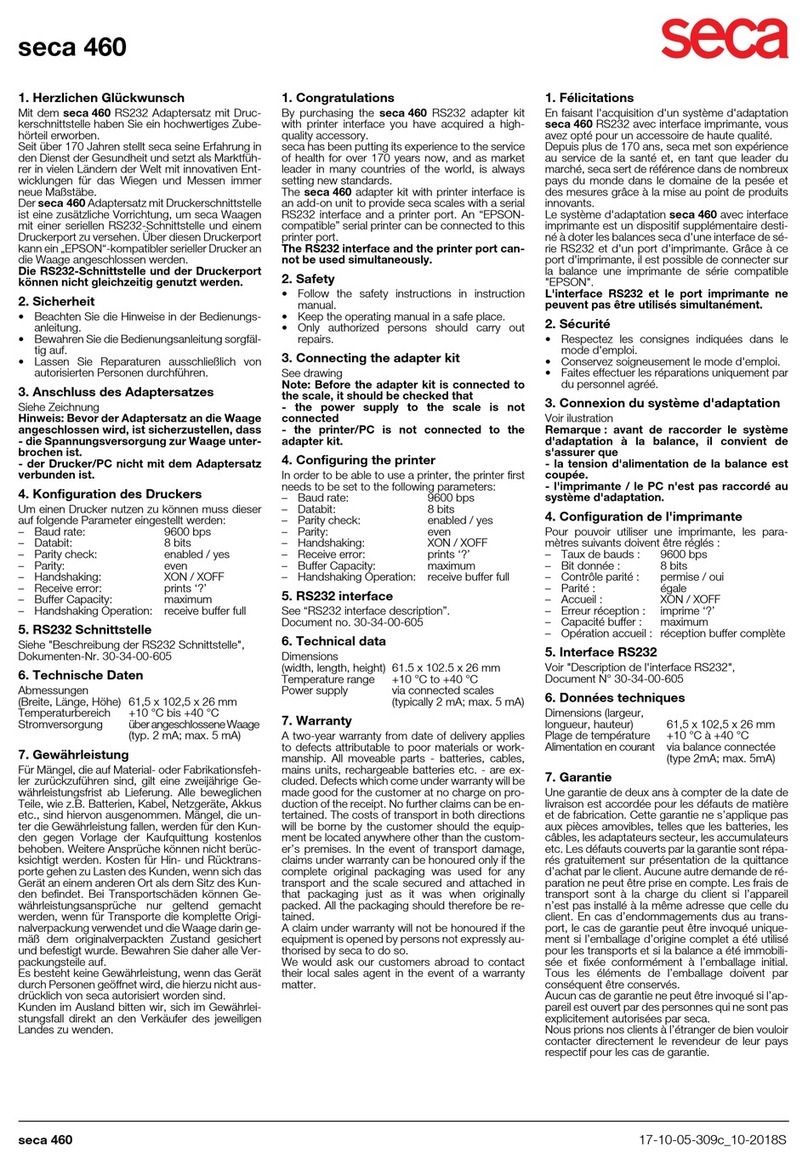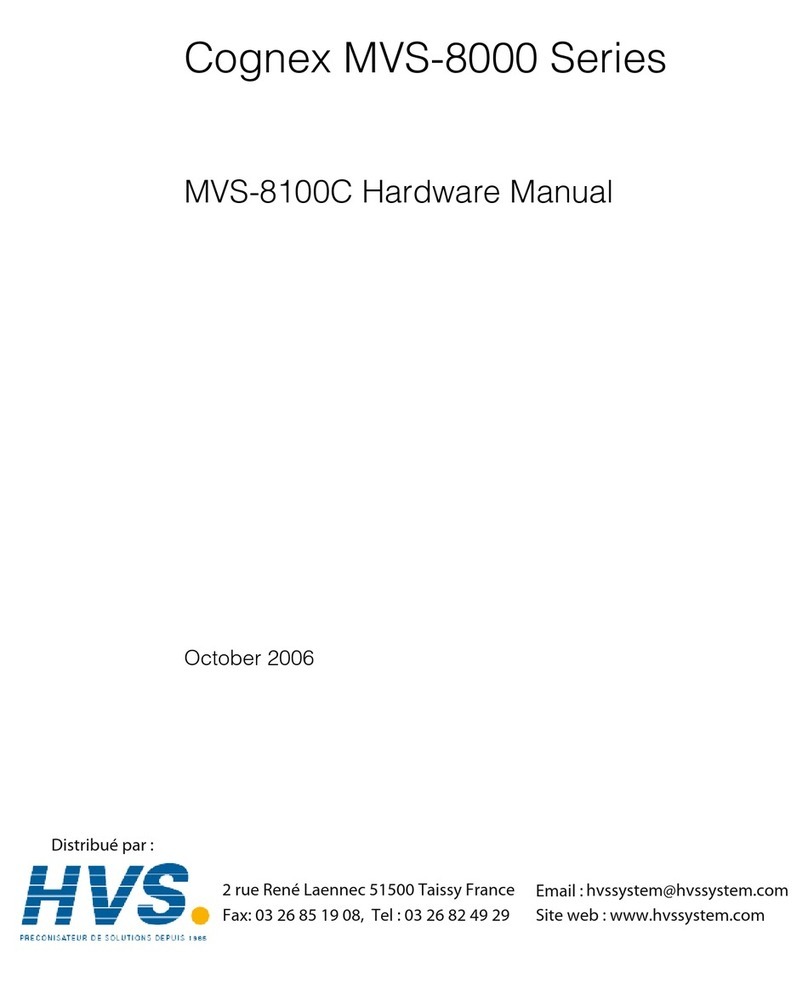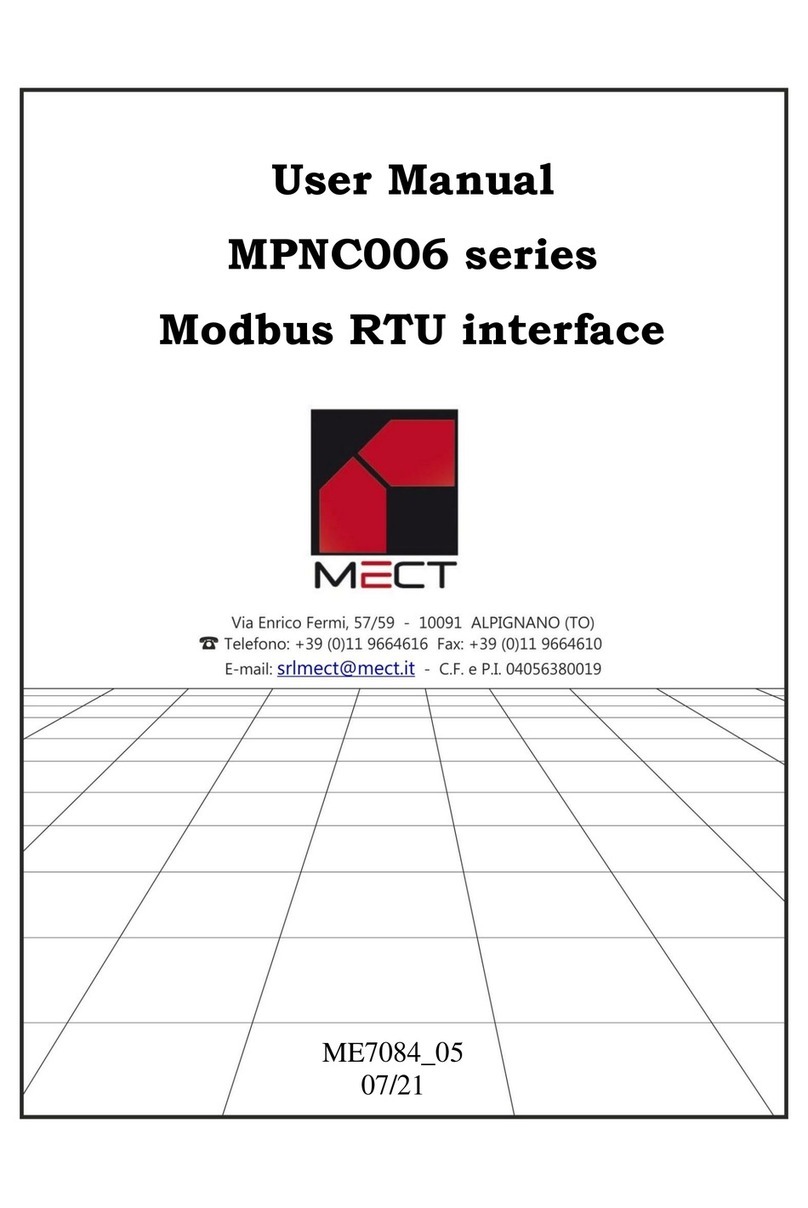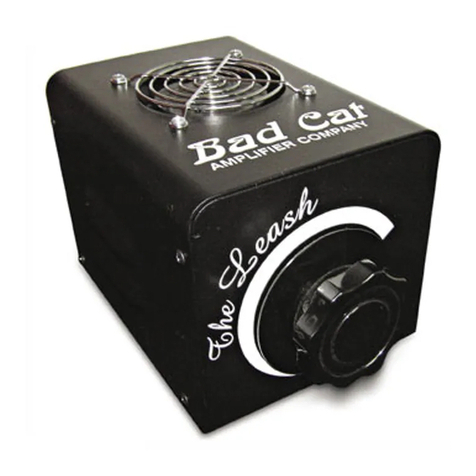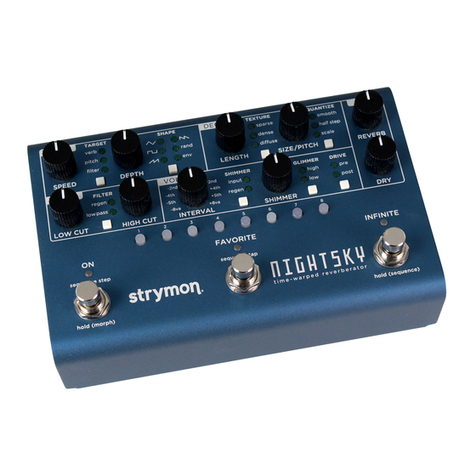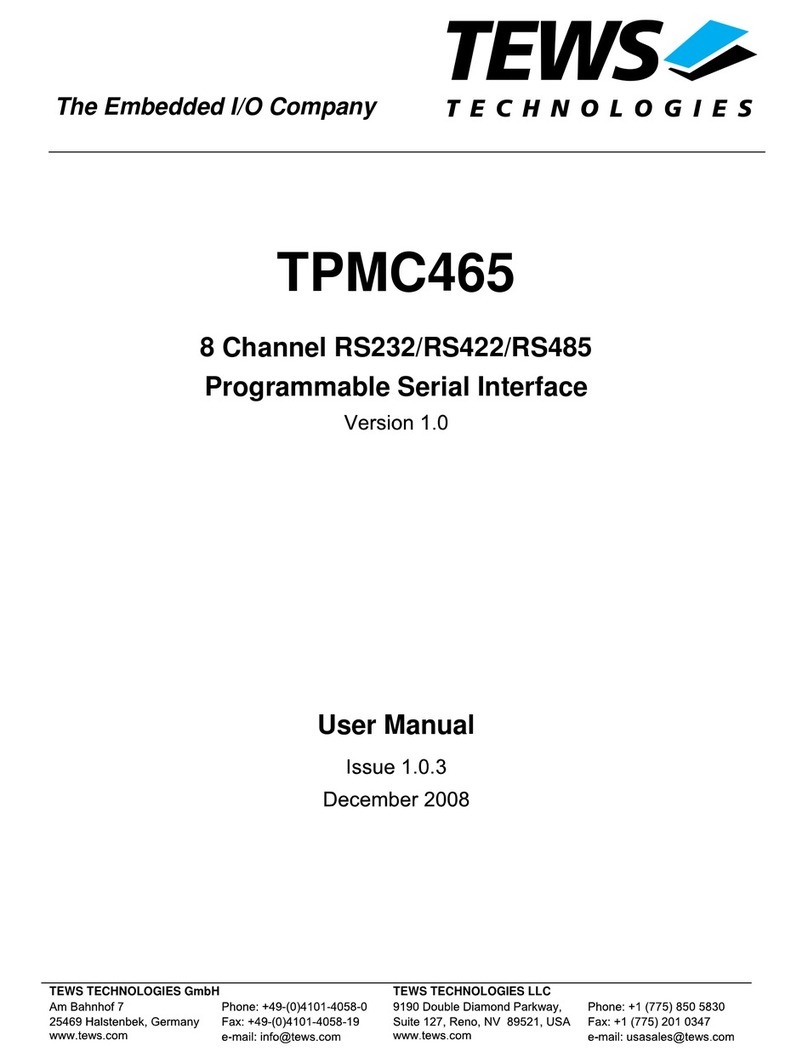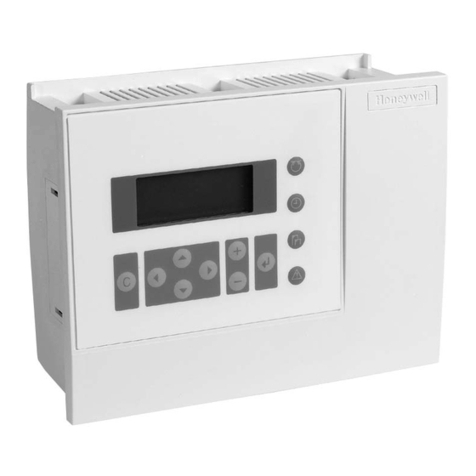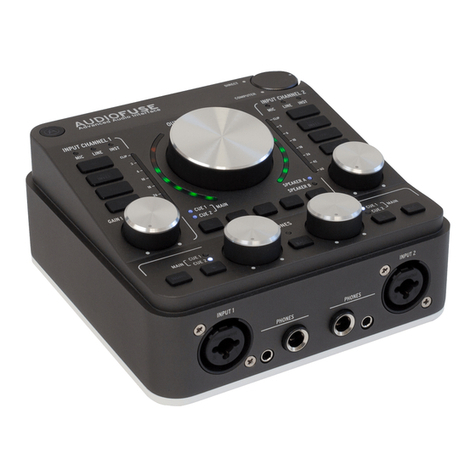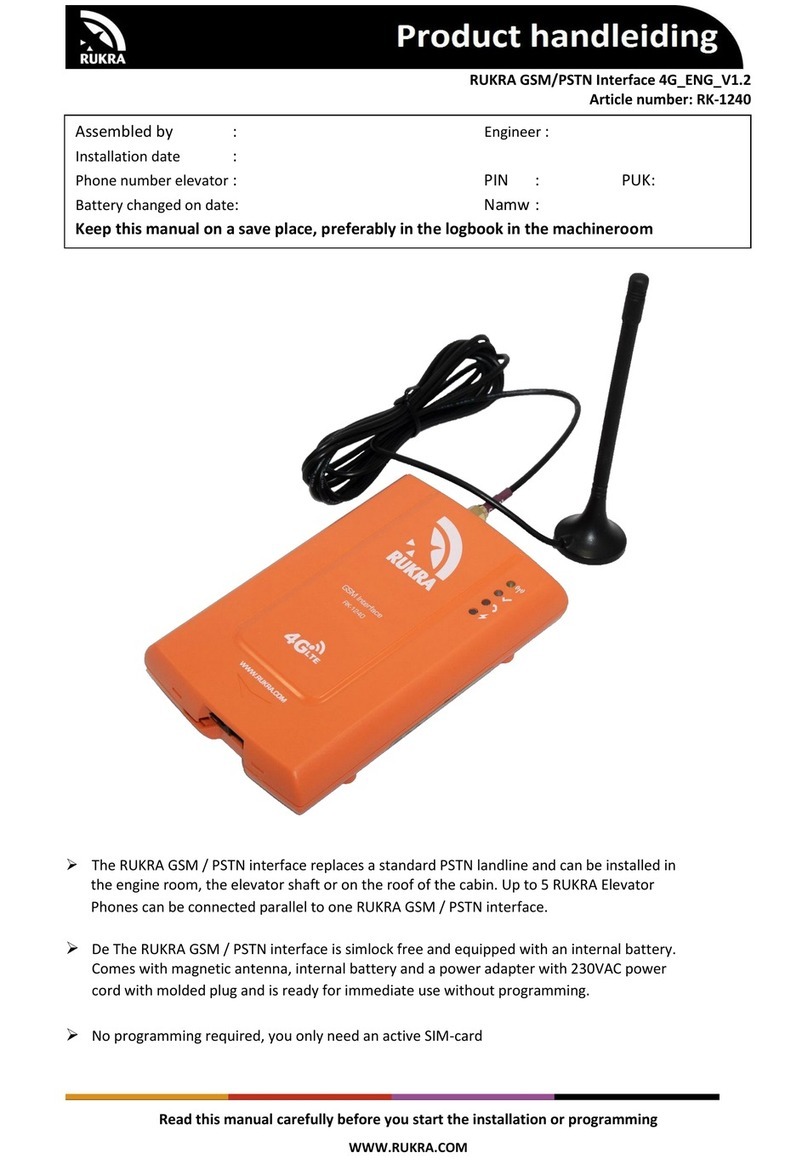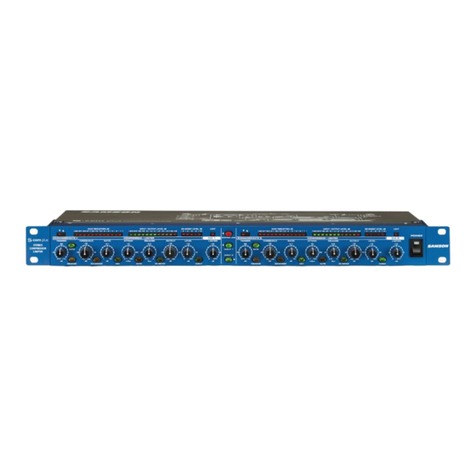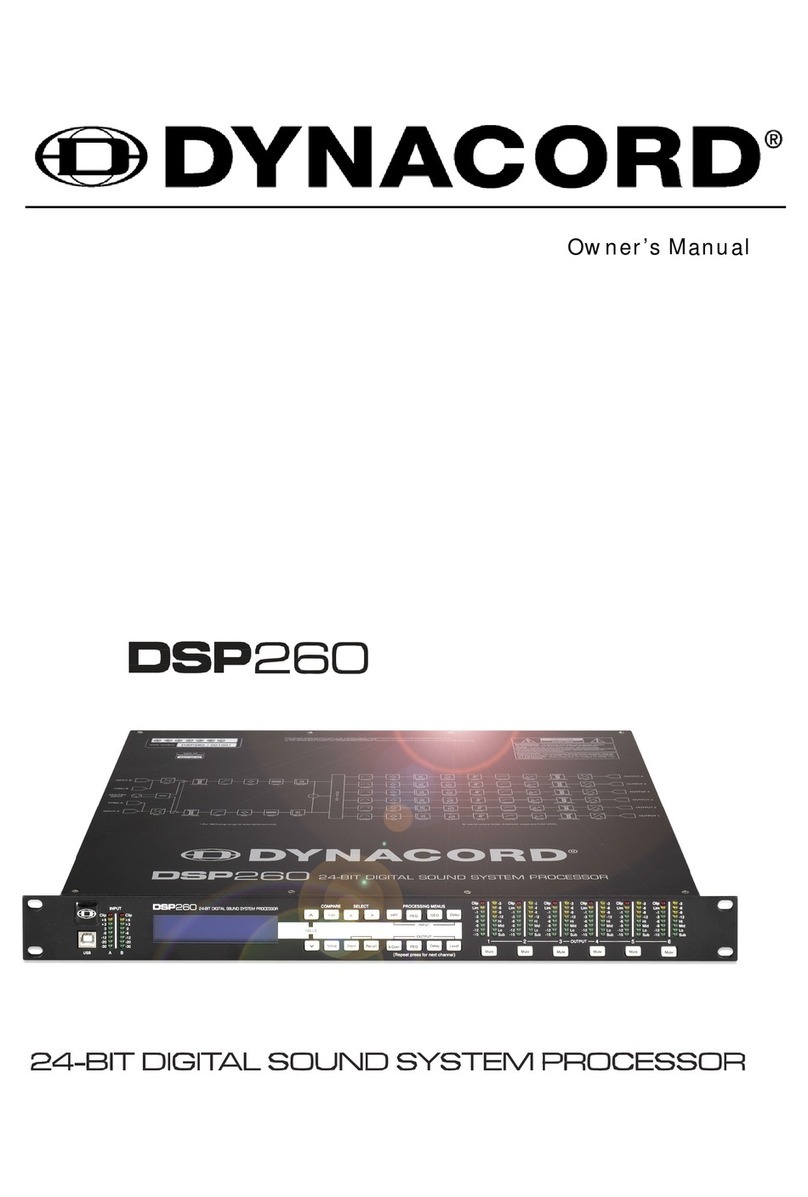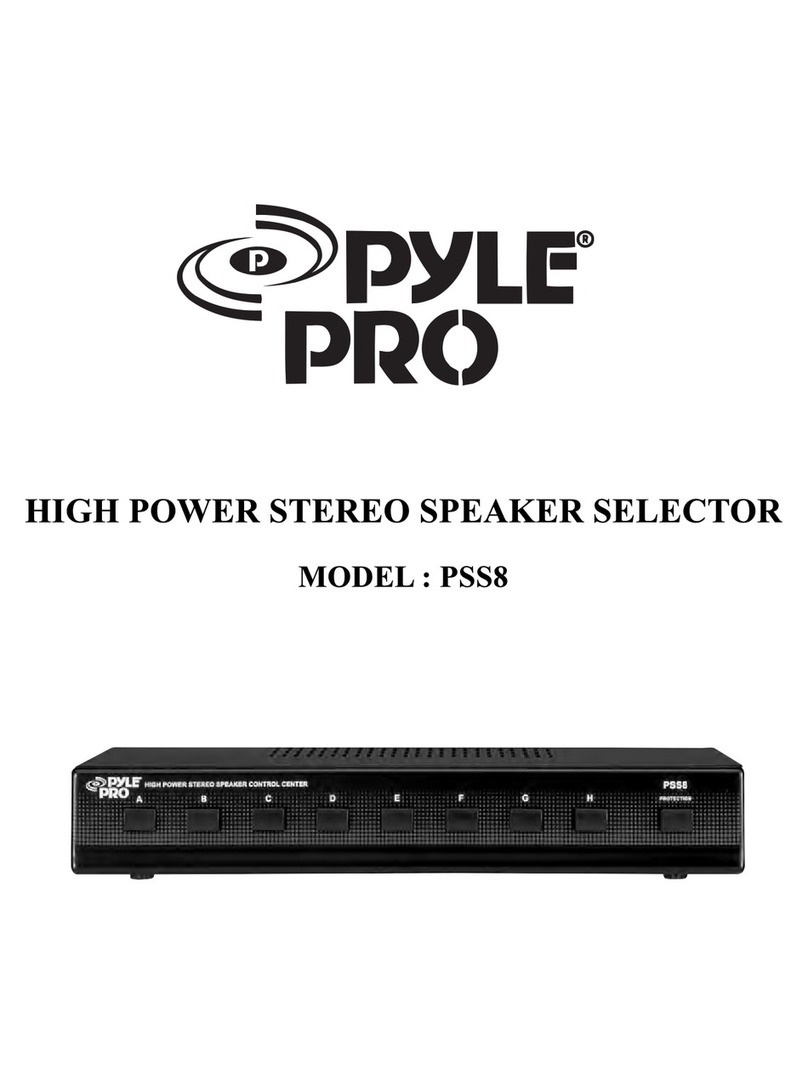MX300 Stereo Reverb/Effects Processor
Analog Audio Inputs
Connectors Two ¼" balanced TRS
Two XLR female
Impedance 50k Ohms bal., 25k Ohms unbal.
Input Level +4 dBu nominal, +24 dBu maximum
48kHz or 44.1kHz
A/D Conversion 24-bit, 48kHz 128 x oversampling
Analog Audio Outputs
Connectors Two ¼" TRS balanced
Two XLR male
Impedance 2k Ohms bal., 1k Ohms unbal. ¼" only
Output Level +4 dBu or –10 dBV nominal
(software adjustable), 24 dBu maximum
48kHz or 44.1kHz
D/A Conversion 24-bit, 44.1/48kHz 128x oversampling
Analog Audio Performance
Frequency Response 10 Hz – 20kHz +0 dB/–0.5 dB
THD+N <0.0019% 10Hz – 20kHz
Dynamic Range >109 dB (A-weighted) A/A
Crosstalk typical <–80 dB 20Hz – 20kHz
Digital Input and Output
Connectors Dual RCA phono (S/PDIF)
Format S/PDIF 24-bit
Sample Rate 44.1kHz or 48kHz
Processing Delay 3.7 ms @ 48 kHz
Frequency Response 10Hz to 22kHz ±0.5 dB @ 48kHz
Control Interface
USB USB 1.0 for MX-EDIT™ Editor/Librarian
and VST™/Audio Units plug-ins
MIDI In/Thru 5-pin DIN
Footswitch ¼" phone jack
General
Power 100–120 VAC 50/60Hz, 18 Watts
220–240 VAC 50/60Hz, 18 Watts
Size (W/H/D) 19" x 1.75" x 7.25"*/6.375"
(483 x 44 x /185mm*/162 mm)
Weight 5.8 lbs (2.63kg)
*including knobs.
MX300 Specifications
REVERBS
Small Hall
Large Hall
Small Plate
Large Plate
Room
Chamber
Gated
Reverse
DELAYS
Studio Delay
Mono Delay
Tape Delay
Pong Delay
Mod Delay
Reverse Delay
2-Tap Delay
dbx®dvx®
Vocal Hall
Vocal Plate
Drum Hall
Drum Plate
Ambience
Studio
Arena
Spring
dbx® DYNAMICS
Compressor
De-Esser
MODULATED EFFECTS
Chorus
Flanger
Phaser
Tremolo / Pan
Rotary
Vibrato
Pitch Shift
Detune
All MX300 reverbs, delays, dynamics
and effects parameters can be
accessed and edited from the
included PC VST® and Macintosh®
Audio Units plug-ins.
Choose from five effects routing options
Standard IEC line cord
— no wall wart!
USB to your computer.
Footswitch jack.
MIDI In and Thru. S/PDIF digital
input and output.
¼" TRS balanced/unbalanced and XLR
balanced outputs.
¼" TRS balanced/unbalanced and XLR
balanced inputs.
Stereo Gain LED ladders.
Input gain level control.
Configuration LEDs. Main LCD screen shows
effect routing, program
names, effects and
parameters, System
settings.
Page Select
knob for choosing
effects & System
menus.
Exit button.
Tempo manually
sets delay times.
Effect Bypass.
Three Parameter
adjustment knobs.
Program Bypass.
User/Factory program LEDs.
System menu access.
Stores or copies programs
to memory settings.
Program/Load selects
factory or user programs.
Program indicator.
e MX300 lets you switch effect routings easily via front
panel controls, so you don’t have to spend time behind your
rack changing cables. Dual Mono sends the Left and Right input
signals through Effect 1 and Effect 2 respectively. Each signal
is then routed to its respective output, completely independent
from the other. Cascade (Series) sends Left and Right input
signals first through Effect 1, then through Effect 2, and then
routed as a stereo signal to their respective outputs.
Dual Stereo (Parallel) routes Left and Right input signals through
both effects independently. Both Effects’
output signals are then mixed
together, and routed to both
the outputs as a single stereo
signal.
Mono Split sends Left input
signal through Effect 1, while
the Right input signal is sent
through Effect 2. e output
signals of both Effects are then
mixed together, and routed to
both the outputs as a single
stereo signal.
Stereo routing provides a single
stereo effect path for Left and
Right signals. is routing
removes one of the effect
modules for users requiring a
streamlined signal path with
only a single effect for their
needs — but taking advantage
of all of the MX300’s process-
ing horsepower.
©2007 All Rights Reserved, Harman
International Industries Inc. Specifications
subject to change Lexicon and MX-Edit
are trademarks of Harman International
Industries, Inc. VST is a trademark of
Steinberg Soft- und Hardware GmbH. Mac
is a trademark of Apple Computer Corp.
Sandy, UT, USA
801.566.8800
lexiconpro.com

